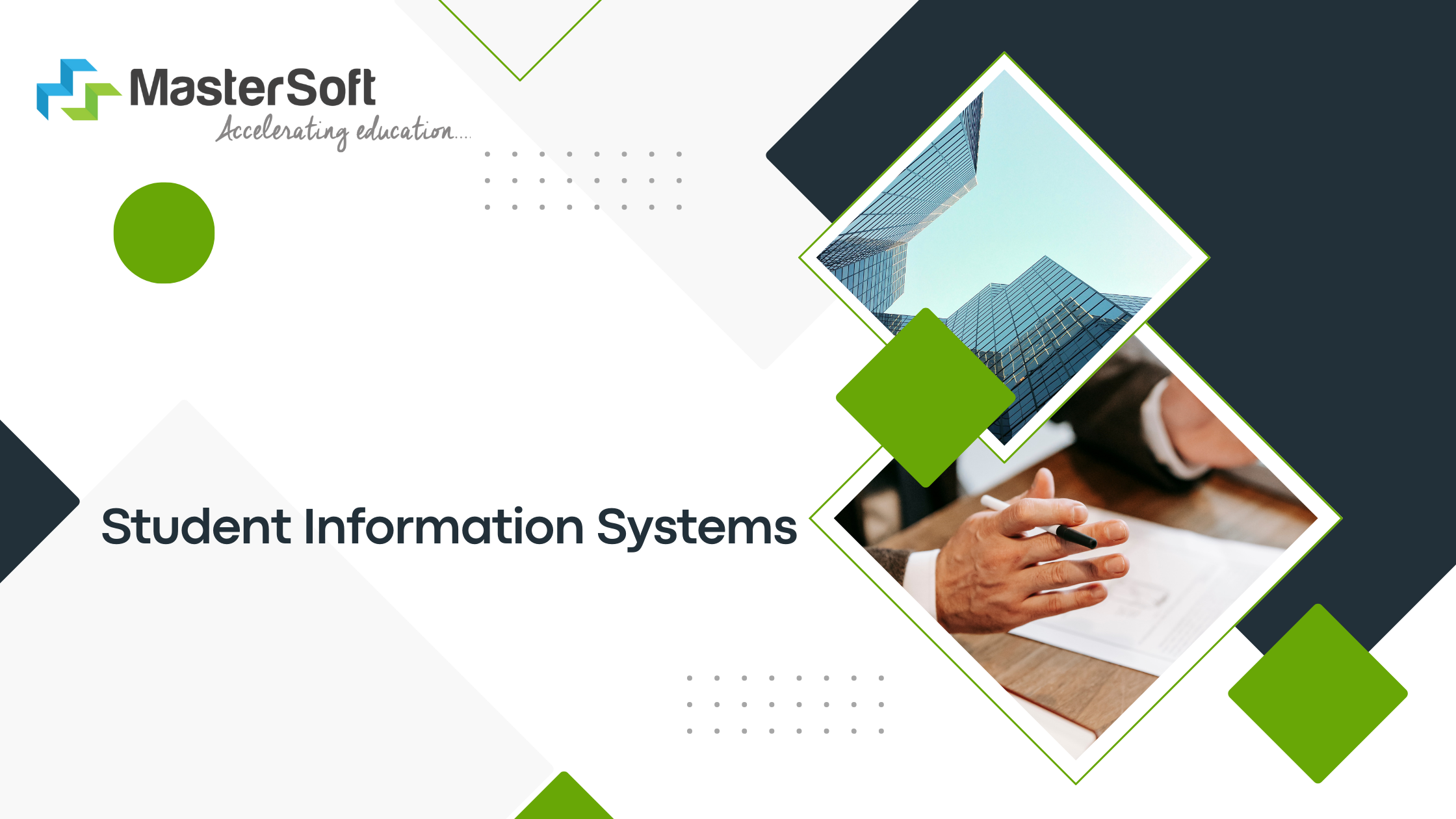Student Information System – Transforming Educational Data Management

Introduction
Educational institutions manage vast amounts of student data, from admissions to academic records and attendance. Traditional record-keeping methods are inefficient and prone to errors. A Student Information System (SIS) provides a centralized digital solution for managing student-related data seamlessly.
A Student Information System automates administrative tasks, enhances data accuracy, and ensures better communication between students, teachers, and parents. Schools, colleges, and universities benefit from an SIS by improving efficiency and decision-making.
What is a Student Information System?
A Student Information System (SIS) is a software platform that stores, manages, and tracks student data, including enrollment details, academic progress, attendance, and communication records. It streamlines administrative tasks and provides real-time access to crucial student information.
Key Features of a Student Information System
- Student Enrollment & Registration: Simplifies the admission process by automating student records.
- Attendance Tracking: Records student attendance digitally, reducing manual errors.
- Grade & Exam Management: Stores exam results, generates report cards, and tracks academic performance.
- Fee & Payment Management: Automates tuition fee collection, invoicing, and financial records.
- Parent & Teacher Communication: Enhances engagement through notifications, emails, and messaging.
- Course & Timetable Scheduling: Helps in organizing class schedules and assigning faculty.
- Document Storage & Management: Keeps digital copies of student certificates and reports.
- Library & Resource Management: Tracks book loans and study materials within the institution.
- Custom Reports & Analytics: Provides insights on student performance and institutional growth.
- Mobile & Cloud Access: Ensures 24/7 accessibility for students, parents, and administrators.
Benefits of Implementing a Student Information System
1. Centralized Data Management
Stores all student-related information in one system, reducing paperwork and administrative workload.
2. Improved Accuracy & Efficiency
Automates manual processes, minimizing errors in student records and attendance tracking.
3. Enhanced Communication
Enables real-time notifications and messaging between parents, teachers, and students.
4. Better Academic Performance Monitoring
Tracks student progress, attendance, and behavior, allowing early intervention for at-risk students.
5. Seamless Financial Management
Automates tuition payments, fee collection, and financial reporting for institutions.
Applications of a Student Information System
In Schools & Universities
- Admissions & Enrollment: Manages the entire student admission process online.
- Academic Record Keeping: Tracks student grades, assessments, and progress reports.
- Attendance & Discipline Monitoring: Ensures accurate attendance tracking and behavior management.
In Training Centers & e-Learning Platforms
- Student Registration & Course Management: Handles student sign-ups and online course assignments.
- Learning Progress Tracking: Monitors student engagement and performance in digital courses.
- Certification & Report Generation: Automates the issuance of certificates based on course completion.
How to Choose the Right Student Information System
- User-Friendly Interface: Should be easy to navigate for administrators, teachers, students, and parents.
- Cloud-Based vs. On-Premise: Cloud solutions offer better accessibility and remote management.
- Integration Capabilities: Must connect with learning management systems, payroll, and attendance software.
- Security & Data Protection: Should ensure encrypted storage and compliance with privacy regulations.
- Customization & Scalability: Must adapt to institutional needs and future growth.
Future Trends in Student Information Systems
- AI-Based Predictive Analytics: Helps institutions identify trends in student performance and behavior.
- Blockchain for Secure Student Records: Ensures tamper-proof academic credentials.
- Mobile-First Platforms: Improves accessibility with student and parent mobile apps.
- IoT-Enabled Smart Attendance Systems: Uses biometric or RFID technology for real-time tracking.
Why Educational Institutions Should Invest in a Student Information System
A Student Information System enhances efficiency, transparency, and student success. By automating administrative processes, improving data accuracy, and facilitating better communication, an SIS helps institutions provide a seamless academic experience.
Conclusion
A Student Information System is essential for modern educational institutions. It simplifies data management, improves academic performance tracking, and enhances communication. By implementing an SIS, schools and universities can create a well-organized, technology-driven learning environment.
- Art
- Causes
- Crafts
- Dance
- Drinks
- Film
- Fitness
- Food
- Games
- Gardening
- Health
- Home
- Literature
- Music
- Networking
- Other
- Party
- Religion
- Shopping
- Sports
- Theater
- Wellness


